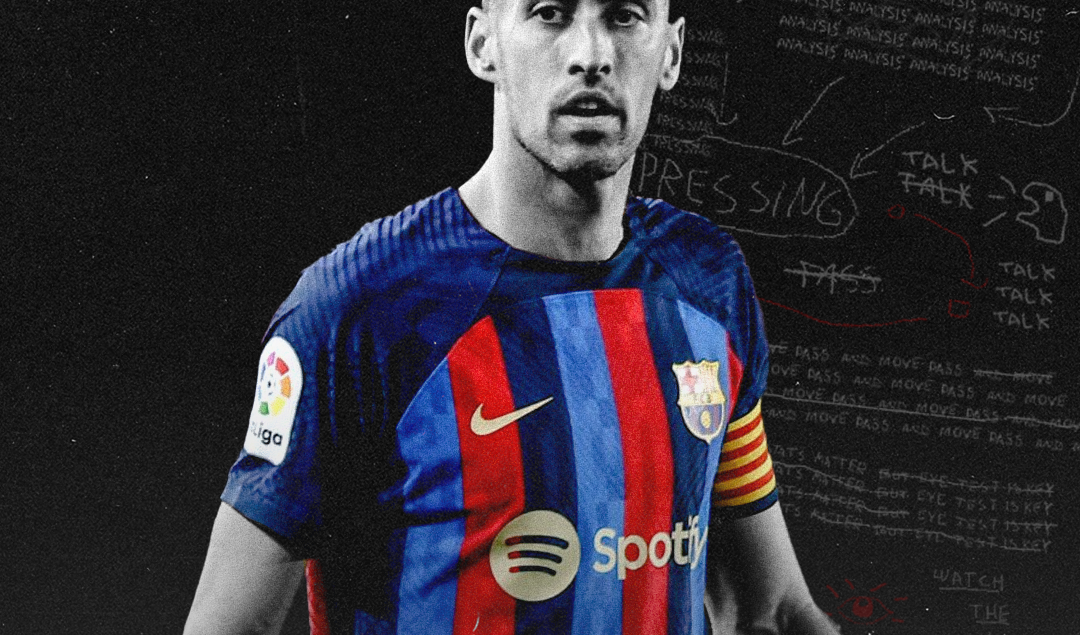The Evolution of the Deep-Lying Playmaker: From Pirlo to Rodri
Football has always been a game of roles evolving with time, and few positions demonstrate this better than the deep-lying playmaker. From Andrea Pirlo’s elegance to Rodri’s modern dominance, the role has transitioned from artistry to functionality without losing its soul.
1. The Pirlo Prototype: The Artist in Deep Midfield
Andrea Pirlo epitomized the deep-lying playmaker. Operating almost like a regista, his main job was not to tackle but to dictate. Let’s expound on this word a little more. The word regista is Italian, derived from regista teatrale or direttore d’orchestra — essentially a “director” or “conductor.” In theatre and cinema, the regista directs the flow of performance; in football, the analogy is identical: the regista directs the rhythm of play from deep areas.
The term became widespread in Italian football during the late 20th century, especially with the tactical sophistication of Serie A. Italy’s culture of midfield craftsmanship — from Gianni Rivera and Giancarlo Antognoni to Andrea Pirlo — made the role iconic.
The Wizard Of Alvalade: The Magic, the Madness and the Making of Ricardo Quaresma
A regista is a deep-lying playmaker who sits in front of the defense but is tasked with distribution rather than destruction. Unlike a traditional No. 6 (destroyer) or No. 8 (box-to-box), the regista’s primary duty is:
- Control of tempo: slowing or accelerating play.
- Vertical progression: breaking lines through precise passing.
- Spatial manipulation: drawing opponents and exploiting vacated spaces. The regista is not typically the most mobile or combative midfielder, but his technical brain allows him to dictate games without covering huge distances.
- Strengths: vision, passing range, calmness under pressure.
- Limitations: defensive fragility, lack of athleticism.
Impact: Pirlo thrived when shielded by destroyers (Gattuso, Ambrosini, Vidal) who gave him time to sculpt the game.
Pirlo symbolized the beauty of control through craft, often orchestrating tempo like a conductor rather than battling like a warrior.
2. The Xabi Alonso Shift: Balance of Steel and Silk
Xabi Alonso represented the hybrid stage of the role. He combined long-range passing and composure with greater positional discipline. At Liverpool, Real Madrid, and Bayern, he proved that a deep playmaker could be both elegant and pragmatic, similarly to the likes of Jonathan Tah and Jerome Opoku.
Alonso’s defensive positioning was sharper than Pirlo’s, allowing him to thrive even in high-intensity systems.
This era demanded more work off the ball, signaling the growing tactical demands on midfielders.
3. Busquets and the Tactical Brain
Sergio Busquets redefined the role at Barcelona. He wasn’t a Hollywood passer like Pirlo, nor a long-ball specialist like Alonso. Instead, his brilliance lay in reading the game: Strengths: anticipation, one-touch passing, defensive intelligence.
Busquets made Barcelona’s possession play possible by always offering a safe option, recycling possession, and cutting opposition counters before they blossomed. With Busquets, the regista became a pivot, a tactical brain rather than just a technical artist.
4. The Rodri Era: The Complete Controller
Rodri symbolizes the modern demand on the deep-lying playmaker. At Manchester City under Pep Guardiola, he is not just a passer but the defensive anchor, the tempo-setter, and increasingly, a goal threat. Strengths: physicality, anticipation, press resistance, aerial dominance, long-range shooting.
Rodri represents an era where the role blends Pirlo’s elegance, Alonso’s passing balance, and Busquets’ tactical intelligence with the athletic demands of today’s game. Unlike Pirlo, he doesn’t need a destroyer beside him. Unlike Busquets, he contributes goals. Unlike Alonso, he thrives under the suffocating press of modern football.
5. Why the Evolution Matters
The deep-lying playmaker has evolved because football itself has become faster, more pressing-oriented, and physically demanding. Yesterday’s regista was protected; today’s controller must protect others. The role has gone from luxury to necessity — a team without a Rodri-type anchor struggles to control elite games.
Conclusion: From Luxury to Necessity
Pirlo gave us beauty, Alonso balance, Busquets brain, and Rodri the blend of all. The deep-lying playmaker has evolved from being a specialist creator to the most indispensable player in modern systems. In a way, Rodri is not just the heir to Pirlo — he is the evolution of Pirlo, Alonso, and Busquets combined.
By: Ibukunoluwa Oluwadamilola / @ibukun_dami
Featured Image: @GabFoligno / NurPhoto
